Cemex in Miami-Dade
We’re your friends, family and neighbors with Miami-Dade County roots that run three generations deep. Every day, we manufacture the building blocks of modern life, using locally-sourced products to create the foundations for local homes, hospitals, schools, roads and bridges. Our Miami-Dade operations support nearly 600 jobs and pay millions in local taxes that help fund public schools, roads, police services and fire protection.
Environment
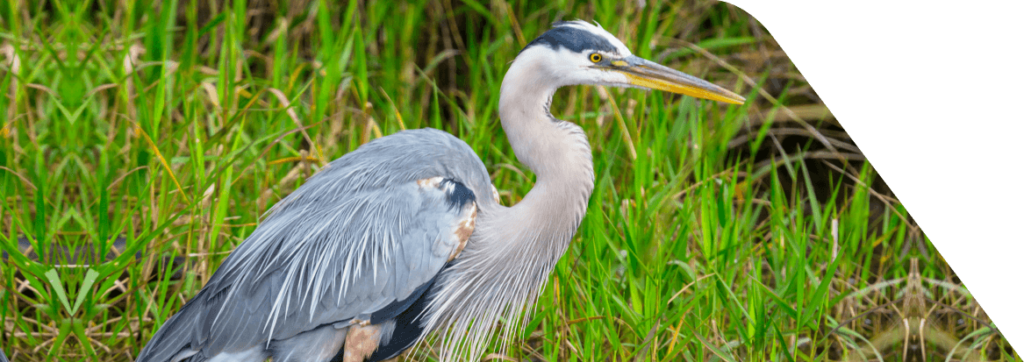
Cemex's Environmental
Education Center
Over the years, we’ve learned a lot about caring for the land, and we’re committed to sharing that knowledge with local students. That’s why Cemex partnered with local schools to create six Florida-based environmental education centers, including Center Hill, Brooksville, Davenport, Lake Wales, Engstrom Outdoor Classroom, as well as one right here in Miami-Dade County.
Outdoor Learning For
Experiential Education
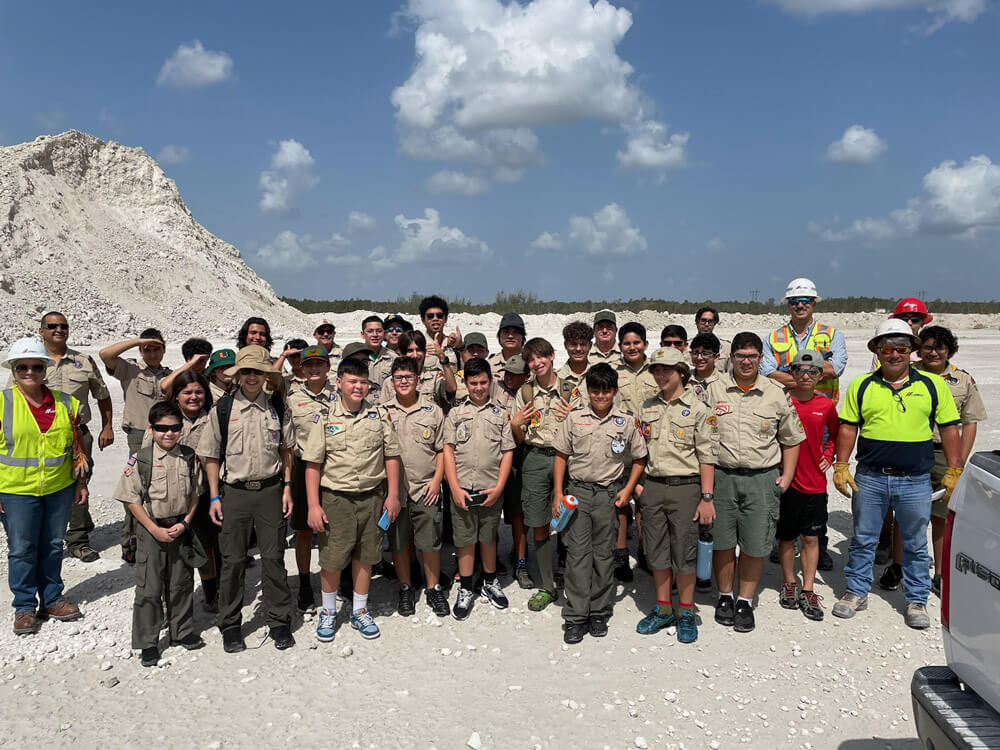
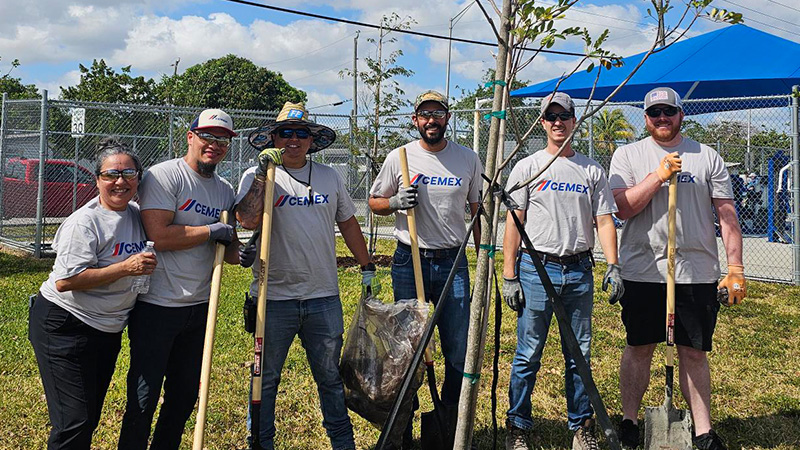
Planting Trees,
Making a Difference
In collaboration with the City of Hialeah and local leaders, Cemex celebrated Arbor Day by planting 50 shade trees at Sparks Park. This effort not only enhances the park’s beauty and provides shade but also creates valuable habitats for wildlife. We invite the community to visit Sparks Park, enjoy the fresh air, and witness the positive impact of this initiative firsthand.
Future Scientists Wanted
Are your students curious about operations at Cemex? Have they ever wondered about how their schools, homes and favorite theme parks were built? A virtual field trip with our trained staff can provide students with valuable out-of-the-classroom learning experiences from the comfort of their desks. Teachers and students can interact with a Cemex virtual-chaperone during a live presentation and question & answer session. Our virtual field trips are hosted online on a virtual platform of your school’s choosing.
To schedule your virtual field trip, please fill out the contact form below. Our Cemex informational education specialists will reach out to you to schedule the experience.
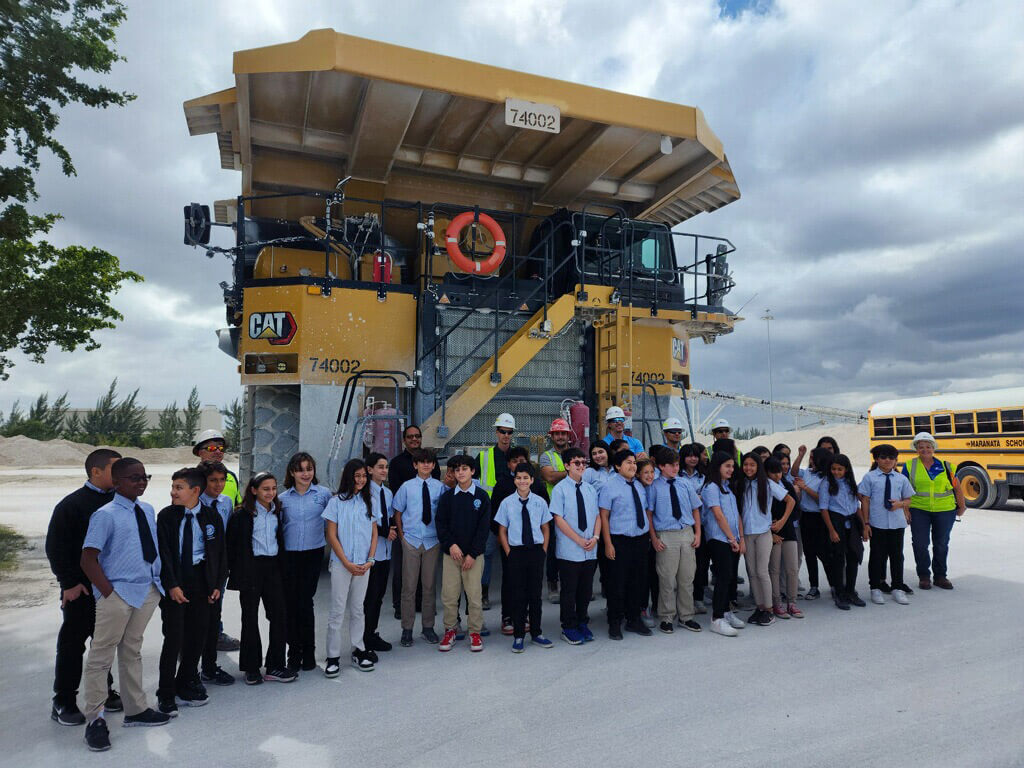

Wildlife Habitat Council
Cemex uses only a portion of its land for operations and much of our property remains in its natural state to serve as wildlife habitat. Our efforts to protect the environment have repeatedly earned Cemex recognition from the Wildlife Habitat Council. Every day, our environmental professionals work hard to maintain their high standards.
Over the years, our environmental work has earned us recognition from a number of noteworthy organizations:
Cemex Miami's Awards and Recognition:
- EPA Five-Star Grant ($15,000) 2006
- NSSGA Environmental Excellence 2006-2017 (Gold 2015)
- NSSGA Excellence in Community Relations 2006-2017 (Gold 2017)
- NSSGA 2-Star Award for earning Gold in both Environmental and Community Relations within 5 years
- NSSGA Excellence in Community Relations 2018 (Platinum 2018)
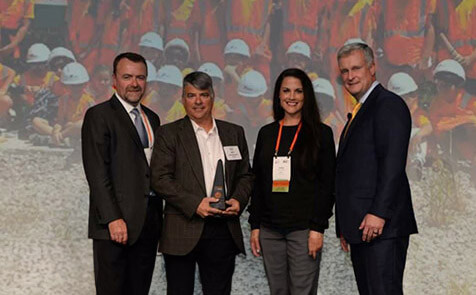
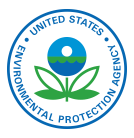
EPA Five Star Grant

Environmental Excellence
Gold 2006-2017
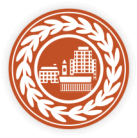
Excellence in Community
Relations Gold 2017

Environmental Excellence
Platinum 2018
Giving Back
Cemex's Quarry Quest Is Back!
We’re excited to again host this family-friendly fun run or walk through our Miami-Dade FEC quarry. Sign-up to join us on Saturday, January 31st, 2026!
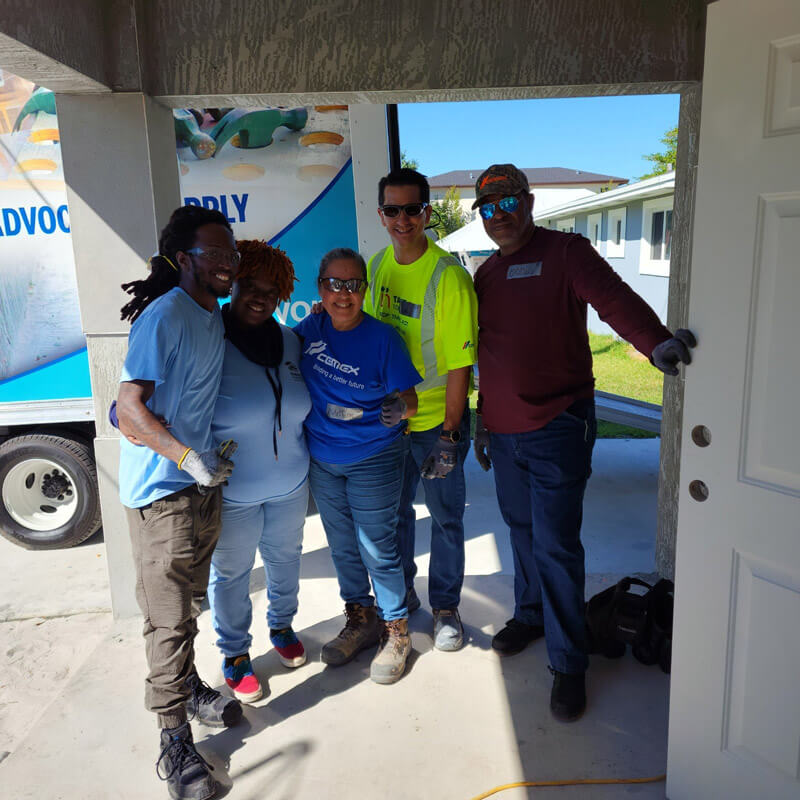
Habitat For Humanity
Our Miami Operations, including our Aggregate Quarries, Miami Cement Plant and Ready Mix operations continue to partner with The Miami Habitat for Humanity supporting their Annual February Build Blitz and their Hard Hats and High Heels event supporting many families in Miami.
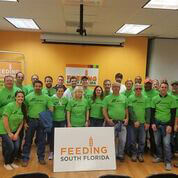
Feeding South Florida
Cemex’s partnership with Feeding South Florida began back in 2017 with volunteering at their local food bank. Since 2017, our South Florida team has packed over 15,700 lbs of food, equating to 17,445 meals and a $10,000 grant given in 2020 equated to 70,000 meals for the South Florida community.
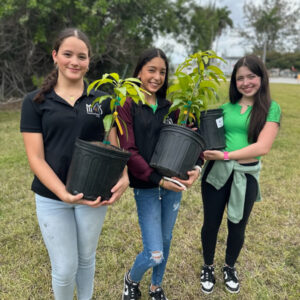
Saving Our Planet
CEMEX USA marked Earth Day by partnering with Million Trees Miami to distribute 250 trees. Miami Cement Plant provided an educational tour for Miami Art School students, highlighting sustainable industrial practices. Attendees also enjoyed lunch and received a tree, reinforcing our dedication to environmental sustainability.
Cemex and the City of Hialeah Plant Trees for a Cause
In partnership with Councilwoman Monica Perez and the City of Hialeah, CEMEX commemorated Breast Cancer Awareness Month and Domestic Violence Awareness Month in October 2025 by planting 21 pink and purple blooming crepe myrtles at Goodlet Park.
This first phase honors those affected by breast cancer and domestic violence while adding beauty and shade to the park for the community to enjoy.
A ribbon-cutting ceremony on October 29, 2025, brought together Councilwoman Perez, former Mayor Jackie Garcia-Roves, city officials, and residents to unveil a commemorative plaque thanking CEMEX for its ongoing support.
We invite the community to visit Goodlet Park and experience the positive impact of this effort firsthand.

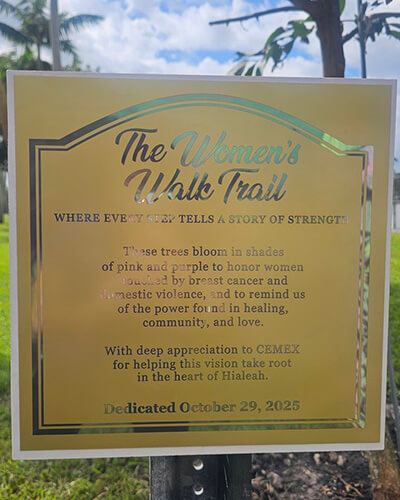
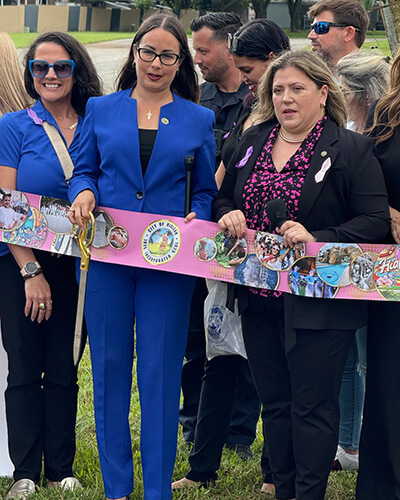
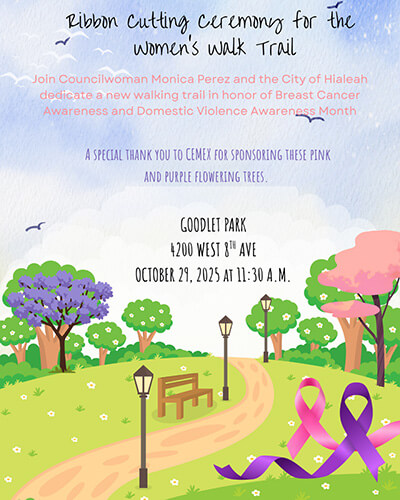
Partnership with Florida International University
Cemex has been a part of the Miami-Dade Community for decades and has proudly been partnering and supporting Florida International University (FIU) since the early 2000’s. One of our proudest moments was back in 2006 when our FEC Quarry partnered with FIU and the Miami-Dade School District to create a two acre natural vegetated shoreline along the quarry’s wildlife and conservation lake. This project was awarded a $15,000 restoration grant from the U.S. EPA and was completed in the fall of 2008 and today is a thriving habitat for numerous native plant and animal species. Along with the restoration, your former students from the Landscape Architecture Program, studied and developed landscape designs that we proudly displayed at our operation inspiring future students and projects throughout the state of FL.
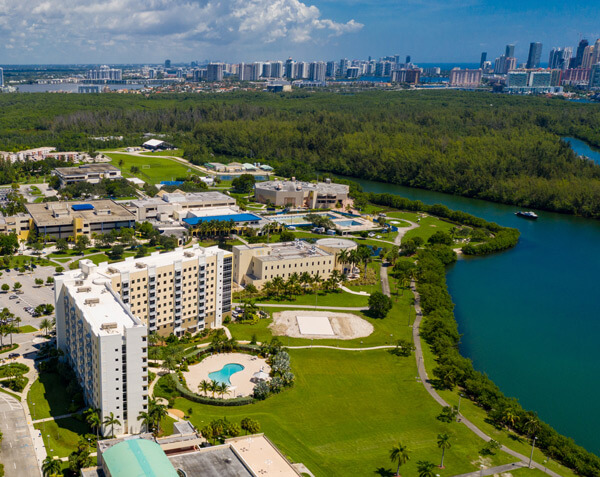
Cemex has also committed yearly donations to the College of Engineering, on site field trips (virtual since COVID), internships and employment opportunities for students at FIU.
In April 2021, Cemex donated 70 Native Trees to FIU’s International Center for Tropical Botany’s Research and Education Building. An intimate ceremony was held to celebrate the donation and partnership.
Projects
Grove at Grand Bay
Marlins Park
Convention Center
FAQs
We produce Aggregates, Cement, and Ready Mix Concrete. These are the essential building materials needed to provide people with shelter and to sustain the infrastructure of our modern society
Aggregates consist of stone (coarse aggregates), sand (fine aggregate), and gravel. These materials are naturally occurring in the ground. In fact, the geophysical properties of stone and sand formations in Florida make them some of the highest quality aggregates in the entire country. In Miami-Dade, we simply excavate limestone from the ground, crush it into various sizes, and ship it by rail and truck to end users throughout Florida.
Aggregates are used for various essential building material applications. Some aggregate is transformed into Portland Cement. Other aggregate is used in concrete masonry blocks, ready mix concrete and asphaltic concrete. Aggregate is also used as base material in roadway construction.
We combine natural, locally-sourced stone and other materials, then heat the mixture in a large rotary oven called a kiln. The heating process turns the raw material into a new, marble-sized substance known as clinker. The clinker is then cooled and mixed with other ingredients, resulting in a grayish-white powder called Portland Cement. When mixed with an aggregate (such as sand, gravel, and stone) and water, cement makes Portland Cement Concrete or Ready Mix Concrete, one of the most widely-used building materials in the world.
What we recognize as concrete is technically called Portland Cement Concrete. It’s a combination of Portland Cement, water, and aggregates. When CEMEX combines the ingredients for you and sends it to you in a mixer truck, we are delivering “ready-mixed concrete”. There are many unique and amazing properties of concrete that make it the most sustainable building material in the world.
CEMEX traces its history back to 1906. In Florida, Rinker Materials started supplying building materials way back in 1926. The cement plant began operations in 1958, and the aggregates quarry in Miami-Dade (known as the FEC Quarry) began operation in the early 1970’s. Back then, you may have recognized these facilities as part of Rinker Materials. CEMEX acquired Rinker’s operations in 2007, proudly joining a legacy that stretches back over four generations in Miami-Dade County.
Almost 600 people work at various CEMEX operations in Miami-Dade County.
Florida is our home, so caring for the land isn’t just our job—it’s our responsibility to our community and to our children. Since taking over local operations in 2007, we’ve invested more than $300 million in new technologies that further strengthen environmental stewardship.
CEMEX has also pioneered the use of cleaner and greener alternative fuels, such as recycled waste and peanut shells. In addition to operating efficiently, we also operate compactly: CEMEX uses only a small percentage of its local land, leaving thousands of acres in a natural state to serve as wildlife habitat. In fact, our efforts to protect local ecosystems have been recognized by the Wildlife Habitat Council, awarding six of our sites in Florida with a distinct certification for our above and beyond efforts made to our local habitats. And every year, thousands of local students visit our Environmental Education Centers, where they learn directly from CEMEX’s engineers and scientists about our cutting-edge work in environmental stewardship and reclamation.
At CEMEX, we employ some of the best scientists, engineers, and environmental professionals in the country. Our teams regularly perform inspections of all facilities, ensure compliance with local, state, and federal regulations, and work closely with regulators to protect the environment.


